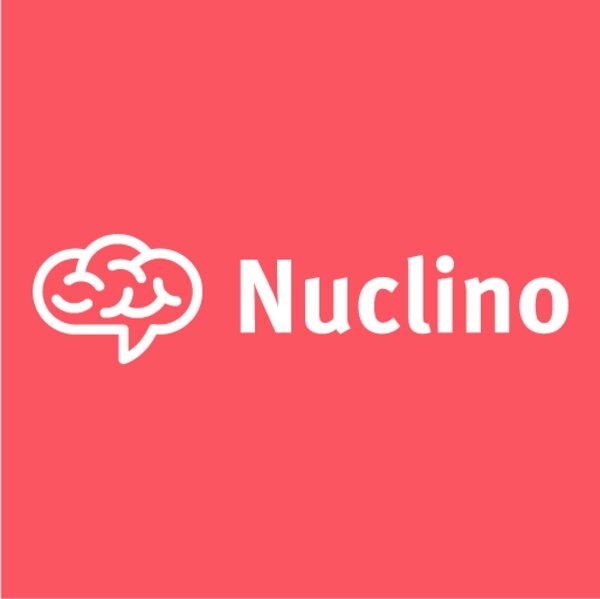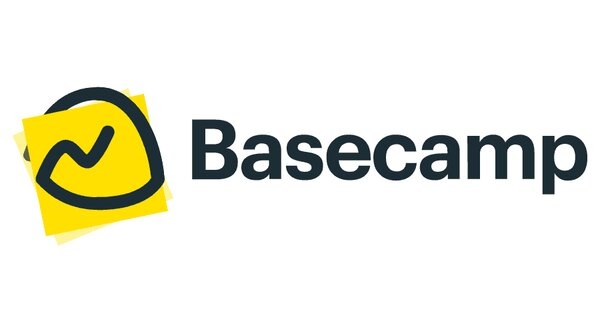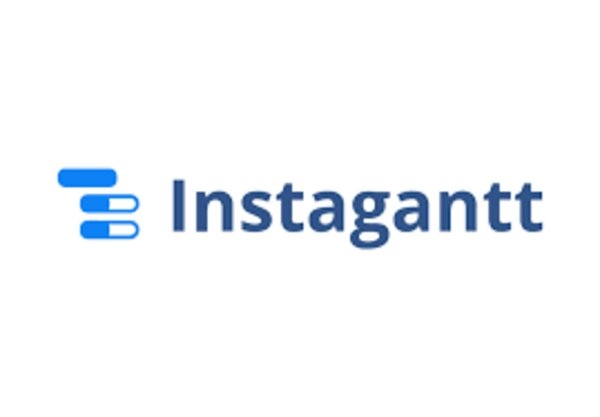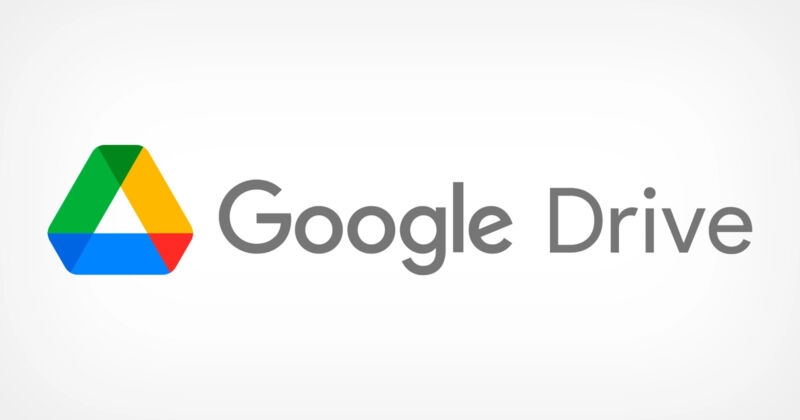Remote Work Tools and Technologies: Boosting Productivity and Connectivity
Low-paying customer service positions used to dominate as the most popular type of remote work in the past.
However, remote work has now evolved into a full-time profession due to changing trends and technological advancements.
As a result, businesses are changing to accommodate employee requirements and utilize talent worldwide.
Leading remote teams is a skill that is in high demand for project managers. It is your duty to set your team up for success since the flexibility of working from anywhere, less stress, improved time management, and other advantages of remote work all contribute to higher job satisfaction.
Despite the many benefits of working remotely, it is crucial to research the best methods for leading remote teams.
This necessitates a review of the tools for managing remote workers that are accessible since they may make the process easier, allow for their productivity, and promote professional development.
10 tools you can use to improve productivity and connectivity with fellow remote workers:
1. ProofHub:
.jpg_c8dbde58fd0294b_large.jpg)
Hundreds of remote teams that want to centralize their resources in one location highly respect ProofHub, an online tool that makes project administration easier.
It offers various services, including online proofreading, discussions, chat for feedback exchange, and remote project management, all at a central location, enabling team members to engage with customers and other team members without issues.
For teams needing a higher degree of management expertise, ProofHub is an all-in-one remote project management tool.
It is advised to use ProofHub to manage your remote workforce to increase productivity.
2. Nuclino:

A remote work tool called Nuclino was developed around the idea of a shared brain. Instead of requiring numerous remote work tools, it provides a cohesive workspace where remote teams can gather their knowledge, documents, and projects.
You can build a business wiki, manage tasks and projects, exchange and work together in real-time on documents, and onboard new remote workers, among other things, using Nuclino.
You may arrange your papers and projects using the List, Board, and Graph views, which are all available.
Nuclino's speed, user-friendly interface, and clean and intuitive interface are some of its best qualities.
Without the distraction of many menus or seldom-used tools, it provides all the functionality you really need to get the job done.
Speed and simplicity are clear winners over the number of features available. Nuclino is an excellent choice. And it has a shallow learning curve, which makes it simple for new users to get going.
3. Basecamp:

Managers, teams, freelancers, and agencies have grown to love Basecamp, a highly rated project management and team collaboration tool.
It is renowned for its uncomplicated practicality, sophisticated usage, and simple aesthetic.
This software solution gives you the tools you need to share ideas, structure conversations, and keep everyone on the same page when managing projects and interacting with clients.
Despite its advantages, Basecamp has some drawbacks, including limited outside integrations, a lack of time tracking, subtasks, the inability to archive topics, and a lack of a formal team hierarchy.
These limitations have prompted businesses and teams, especially burgeoning ones, to search for the top Basecamp substitutes.
When choosing the appropriate software for your company, as with any tool, it is essential to take your unique requirements into account. Give Basecamp a try if it seems like a good fit for your company.
4. Instagantt:

You can graphically plan, schedule, and manage your projects with the aid of the robust project management application Instagantt.
It provides a user-friendly and straightforward interface that enables you to quickly construct an accurate representation of your projects. It is more than simply a Gantt chart maker.
The ability to successfully interact with your team members and optimize your workflow is one of Instagantt's core advantages, making it a great choice for remote work.
Instagantt also provides a number of helpful features, such as templates for different project types, guidelines, milestones, notifications, baselines, critical paths, and automated project scheduling.
All of these features promote complete awareness of your projects at all times.
Instagantt's ability to track essential project details, such as deadlines, risks, priorities, and estimated hours and costs, is one of its key advantages.
It is suitable for managing different project types, clients, and teams, or for tracking individual workloads. Trying Instagantt may be a good idea.
5. EmailAnalytics:

A productivity tool called EmailAnalytics displays the email activity of your organization. It details the average email response time for each team member as well as the daily email volume sent and received.
Sales and customer service teams utilize EmailAnalytics to monitor and enhance their email productivity. Users of this tool typically experience an average 42.5% improvement in their email response time, resulting in an average 16% increase in sales. EmailAnalytics provides daily, weekly, and monthly email reports with benchmark data to facilitate comparisons with other teams and track progress over time.
Given its ease of setup and absence of any required software installation, EmailAnalytics is an essential tool for any remote team that relies on email for communication.
6. Troop Messenger:
.jpg_f237b8fcfc9bbc9_large.jpg)
Troop Messenger is a remote work tool that caters to the needs of small, medium, and large enterprises.
With a high level of functionality and simplicity, Troop Messenger enables team members to communicate through instant messaging, audio and video calling, location and file sharing, and unlimited group creation while on the go.
As an alternative to Slack, Troop Messenger allows administrators to add vendors, suppliers, and freelancers as "orange members" who have restricted access to the workspace.
Troop Messenger can integrate with essential apps like Dropbox and Google Drive, enabling teams to migrate their files and documents seamlessly.
This tool is an excellent option for remote teams looking to ensure business continuity during COVID-19.
7. Bit.ai:
.jpg_ac09ea29eaff0a2_large.jpg)
Bit.ai is a document management and collaboration platform that enables teams to collaborate effectively. Its smart documents feature allows for the seamless integration of digital-rich content into collaborative documents.
By adding files, code blocks, and rich media such as Google Sheets, Typeform surveys, Airtable databases, and Figma designs from over 100 applications, teams can enhance communication and knowledge sharing.
Bit.ai facilitates real-time collaboration and is ideal for project documentation, internal knowledge bases, technical documents, and much more. It also allows team members to collaborate with external guests and create workspace data rooms, making it a useful tool for workflows requiring collaboration with parties outside the organization.
Bit is a highly effective way for teams to collaborate on internal communication, project documentation, technical documentation, processes, training manuals, internal knowledge bases, client-facing content, company blogs, and more, all in real time.
Additionally, Bit provides a valuable bonus feature in which teams can collaborate with external guests on documents and create workspace data rooms, which is particularly useful when collaborating with clients, consultants, vendors, etc.
With Bit.ai, your team can easily create, share, organize, manage, and track all of their knowledge in one centralized location.
8. Slack:
_(1).jpg_208e949d98e699e_large.jpg)
Slack is a popular messaging and remote work tool that streamlines communication among team members, allowing them to share ideas and comments in real time for efficient workflow.
This remote collaboration tool consolidates all team communication in one place, making it easier to manage remote employees. Slack offers fully native iOS and Android apps for complete functionality, enabling remote teams to use Slack channels for instant messaging and collaboration.
9. Hypertext:
Hypertext is an application designed to help managers and their teams achieve high performance levels by providing a shared agenda.
This platform combines quarterly priorities, weekly meetings, and engagement measures in one place, allowing teams to collaborate on meeting agendas for various types of meetings, such as 1:1s, team meetings, and cross-functional meetings.
With over 500 conversation starters and 180 goal examples, Hyper Context can help facilitate productive and meaningful meetings.
After each meeting, the platform tracks and reports clear next steps, holds users accountable, and provides managers with conversation analytics to improve communication.
Hypercontext integrates with various applications, such as Google Suite, Chrome, Slack, Microsoft Teams, and Outlook, to streamline objectives, meetings, and morale into a single workflow.
10. Google Drive:

The cloud storage platform Google Drive offers a safe and convenient area to save various sorts of information, including documents, spreadsheets, and slide shows.
This platform is appropriate for remote workers who must exchange and access data from numerous devices.
Users may communicate in real-time and sync files across devices using Google Drive, allowing them to view and change files from anywhere. Weekly metrics reports may also be generated using Google Drive.
In Short:
So many remote work tools are out there. All of them offer something useful for entire teams or single employees.
This article has given you 10 tools you can use to improve productivity and connectivity with fellow remote workers.
All you need to do now is decide which one works best for you!